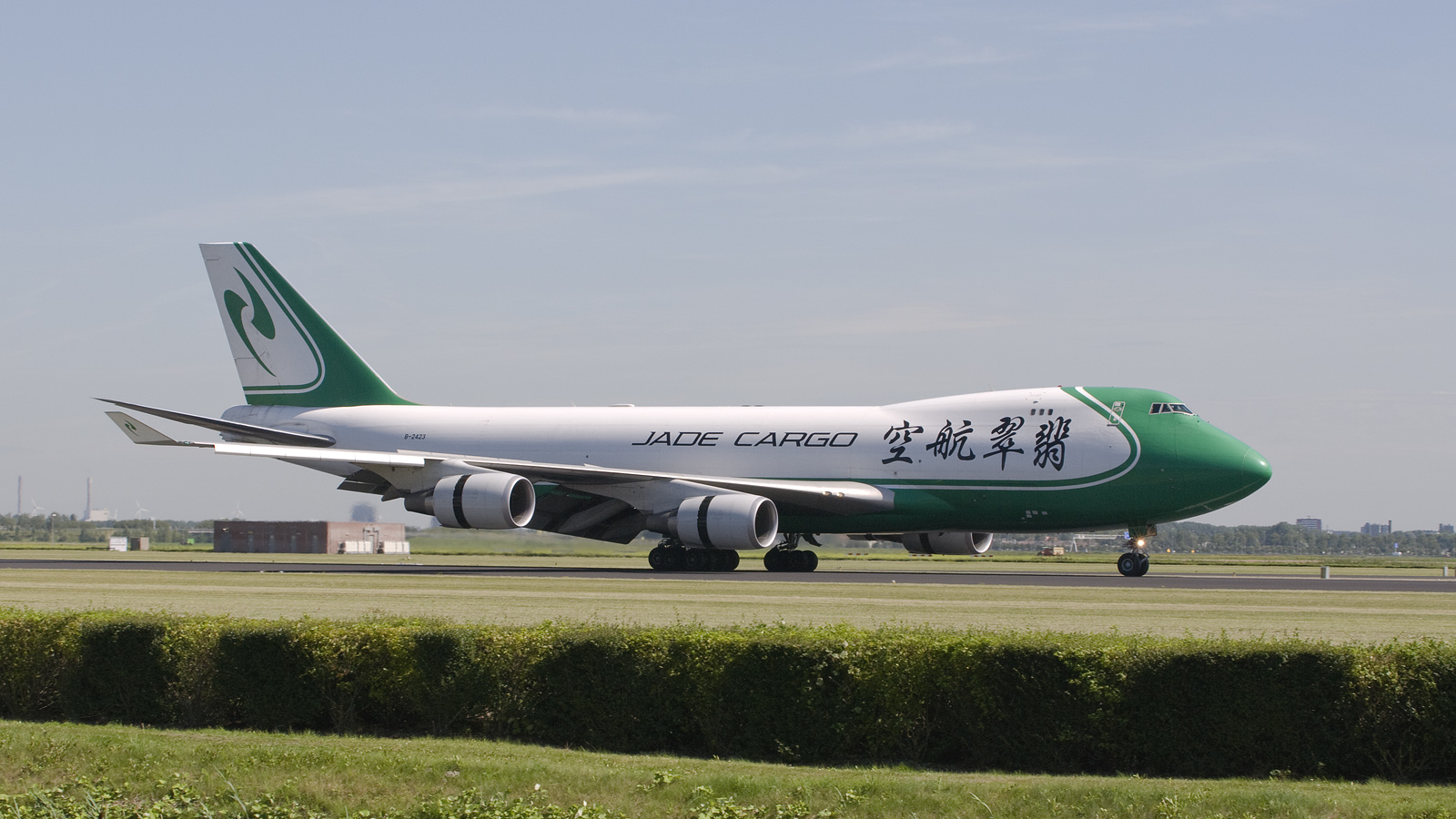
Boeing launched the 747-400 in October 1985 and the first development aircraft first flew on April 29 1988. US certification was awarded in January 1989.
The 747-400 externally resembles the -300, but it is a significantly improved aircraft. Changes include a new, two crew digital flight deck replaced the analog systems of the 747 classic with digital avionics, with six large CRT displays, reducing the number of lights, gauges and switches from 971 to 365. Programmable displays and simpler cockpit procedures also reduced the workload in the cockpit.
An increased span wing with winglets (the -400 was the first airliner to introduce winglets), new engines, recon toured wing/fuselage fairing, a new interior, lower basic but increased max takeoff weights, and greater range.
The 747-400 is currently the best-selling member of the 747 family.
Boeing 747-400 variants:
- Boeing 747-400 Passenger aircraft.
- Boeing 747-400D Domestic passenger aircraft for high-capacity transport on short routes no winglets.
- Boeing 747-400M Combi passenger, cargo with left-side main-deck cargo door aft of the wing.
- Boeing 747-400F Freighter airplane it has a nose cargo door and a optional main-deck side cargo door.
- Boeing 747-400ER Passenger aircraft is an increased gross weight derivative of the 747-400. The 747-400ER can be equipped with up to two fuel tanks in the forward lower cargo compartment.
- Boeing 747-400FER is similar to the 747-400F, except for the increased gross weight capability which allows it to carry more cargo weight. This airplane is not fitted with the cargo compartment fuel tanks.
- Boeing YAL-1A Airborne Laser for the USAF.
- Boeing 747-400LCF The Large Cargo Freighter’s unique design will feature an entire aft fuselage that swings open for loading. Modifications to enlarge the upper fuselage will increase the volume of the main cargo deck to 1.845 m, 300 percent more capacity than the 747-400 Freighter, the largest freighter in regularly scheduled service. Two Large Cargo Freighters will be needed to support initial 787 production. Two 747-400s that will be converted to the new configuration were purchased by Boeing in 2004. Boeing continues looking for a third airplane that will enter service later. Certification of the first Large Cargo Freighter will occur in 2006, with the airplane returning to service in 2007 to support final assembly of the first 787 Dreamliner.
| Developing nation: | United States of America |
| Manufacturer/designer: | Boeing Commercial Airplane Company. |
| Production line: | Everett, WA. |
| Type aircraft: | Long range high capacity wide body airliner. |
| First flight: | – 747-400 April 29, 1988, N401PW. – 747-400M June 30, 1989, N6038E. – 747-400D March 18, 1991, N60668. – 747-400F May 4, 1993, N6005C. – 747-400ER July 31, 2002, N6018N. – 747-400ERF September 30, 2002, N5017Q. – 747-400LCF September 9, 2006. |
| First delivery: | – 747-400M September 1, 1989 to KLM. – 747-400D October 10, 1991 to Japan Air Lines. – 747-400F October 22, 1993 to Cargolux. – 747-400ER October 31, 2002 to Qantas. – 747-400ERF. October 17, 2002 to Air France. |
| Last delivery: | – 747-400M April 10, 2002 to KLM.- 747-400D December 1995 to All Nippon Airways. |
| Boeing 747-400 | |
| Cockpit crew: | two pilots. |
| Passengers two class main deck: | – 42 first class. – 458 economy class. |
| Passengers three class main deck: | – 24 first class. – 32 business class. – 302 economy class. |
| Upper deck seating: | – 42 business class. |
| Cabin length: | 57,00 m. |
| Cabin diameter: | 6,13 m. |
| Cabin height: | 2,54 m. |
| Cabin volume: | 516 m3. |
| Baggage compartment: | 28,3 m3. |
| Cargo volume: | – main deck 516 m3. – under floor 170 m3. – bulk under floor 28,3 m3. – total load 704 m3. |
| LD1 Containers in belly: | 30. |
| LD1 Containers in belly: | 15. |
| Wing span: | 64,44 m. |
| Wing area: | 524,90 sq m. |
| Winglets height: | 1,61 m. |
| Wing sweep: | 37.5 degrees. |
| Fuselage length: | 70,66 m. |
| Fuselage diameter: | 6,49 m. |
| Height: | 19,33 m. |
| Horizontal tail unit: | 22,17 m. |
| Wheelbase: | 25,62 m. |
| Track: | 10,36 m. |
| Engines: | – four Pratt & Whitney PW4062 each rated 281.57 kN. – four General Electric CF6-80C2B5F each rated 264.67 kN. – four Rolls Royce?RB211-524H2T each rated 276.23 kN. |
| Weight: | – empty: 178.756 Kg. – max. zero-fuel weight: 246.074 Kg. – fuel: 215.991 liters. – max. payload: 71.395 Kg. |
| Max. take off weight: | 396.893 Kg. |
| Max. landing weight: | 285.764 Kg. |
| Cruise speed: | 907 km/h. |
| Max. speed: | 941 km/h. |
| Max. ceiling: | 12.497 m. |
| Range: | 13.450 km. |
| Boeing 747-400F* | |
| Cargo volume: | – main deck 530 m3. – under floor 170 m3. – bulk under floor 28,3 m3. – total load 728 m3. |
| LD1 Containers in belly: | 30. |
| Standard 2.24m x 3.18m pallets: | – main cargo deck of freighter 28. |
| Standard 2.24m x 2.99m pallets: | – main cargo deck of freighter 30. |
| Engines: | – four Pratt & Whitney PW4062 each rated 281.57 kN. – four General Electric CF6-80C2B5F each rated 264.67 kN.- four Rolls Royce RB211-524H2T each rated 276.23 kN. |
| Weight: | – empty: 165.087 Kg.- max. zero-fuel weight:288.031 Kg. – fuel: 215.991 liters. – max. payload: 122.945 Kg. |
| Max. take off weight: | 396.894 Kg. |
| Max. landing weight: | 302.093 Kg. |
* Generally similar to the Boeing 747-400 except in the following particulars.
| Boeing 747-400D* | |
| Passengers one class: | – 628 economy class. |
| LD1 Containers in belly: | 28. |
| Wing span: | 59,64 m. |
| Wing area: | 510,97 sq m. |
| Engines: | – four General Electric CF6-80C2B1 each rated 249 kN. |
| Weight: | – empty: 181.723 Kg.- max. zero-fuel weight: 242.672 Kg. – fuel: 203.493 liters. – max. payload: 60.949 Kg. |
| Max. take off weight: | 276.692 Kg. |
| Max. landing weight: | 260.362 Kg. |
| Range: | 14.205 km. |
* Generally similar to the Boeing 747-400 except in the following particulars.
| Boeing 747-400ER* | |
| Passengers two class: | – 42 first class.- 458 economy class. |
| Passengers three class: | – 23 first class.- 78 business class. – 315 economy class. |
| Cargo volume: | – main deck 530 m3.- under floor 158,6 m3. – bulk under floor 28,3 m3. – total load 717 m3. |
| LD1 Containers in belly: | 28. |
| Engines: | – four Pratt & WhitneyPW4062 each rated 281.57 kN.- four General Electric CF6-80C2B5F each rated 264.67 kN. – four Rolls Royce RB211-524H8T each rated 264 kN. |
| Weight: | – empty: 184.567 Kg.- max. zero-fuel weight: 251.744 Kg. – fuel: 241.140 liters. – max. payload: 67.177 Kg. |
| Max. take off weight: | 412.770 Kg. |
| Max. landing weight: | 295.743 Kg. |
| Range: | 14.205 km. |
* Generally similar to the Boeing 747-400 except in the following particulars.
| Boeing 747-400ERF* | |
| Cargo volume: | – main deck 530 m3.- under floor 158,6 m3. – bulk under floor 28,3 m3. – total load 717 m3. |
| LD1 Containers in belly: | 28. |
| Standard 2.24m x 3.18m pallets: | – main cargo deck of freighter 28. |
| Standard 2.24m x 2.99m pallets: | – main cargo deck of freighter 30. |
| Engines: | – four Pratt & Whitney PW4062 each rated 281.57 kN.- four General Electric CF6-80C2B5F each rated 264.67 kN. – four Rolls Royce RB211-524H8T each rated 264 kN. |
| Weight: | – empty: 164.382 Kg.- max. zero-fuel weight: 277.145 Kg. – fuel: 204.333 liters. – max. payload: 112.763 Kg. |
| Max. take off weight: | 412.770 Kg. |
| Max. landing weight: | 302.093 Kg. |
| Range: | 14.205 km. |
* Generally similar to the Boeing 747-400 except in the following particulars.
3 Boeing 747-400 written-off by accidents:
04nov1993 B-165 Boeing 747-409 China Airlines After touch-down at Hong Kong-Kai Tak International Airport, Hong Kong. The 747-400 skidded off the wet runway and ended up in shallow water of Hung Hom Bay. 0 fatalities / 396 on board.
05aug1998 HL7496 Boeing 747-4B5 Korean Air On landing at ,Seoul-Kimpo International Airport, South-Korea, Bad weather, including heavy rainfall, the 747 bounced and slid 100 meters off the runway before coming to a stop in a grassy area on the edge of a platform. 0 fatalities / 395 on board.
31oct2000 9V-SPK Boeing 747-412 Singapore Airlines Weather conditions were very poor because of typhoon ‘Xiang Sane’ at Taipei-Chiang Kai Shek Airport, Taiwan. The crew had been cleared for a runway 05L departure because runway 05R was closed because of construction work. The crew choose the wrong runway, and on takeoff, 3.5 seconds after V1, the aircraft hit concrete barriers, excavators and other equipment on the runway. The plane crashed back onto the runway, breaking up and bursting into flames while sliding down the runway and crashing into other objects related to work being done on runway 05R. 83 fatalities / 179 on board.







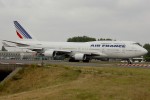


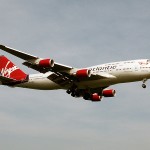








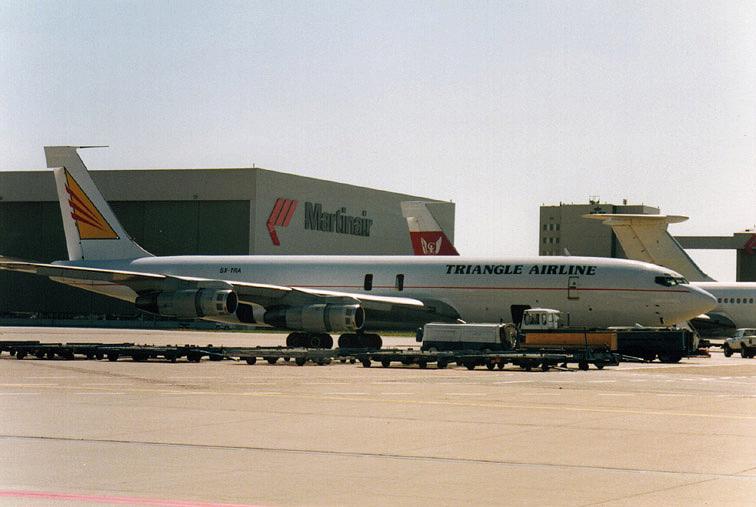
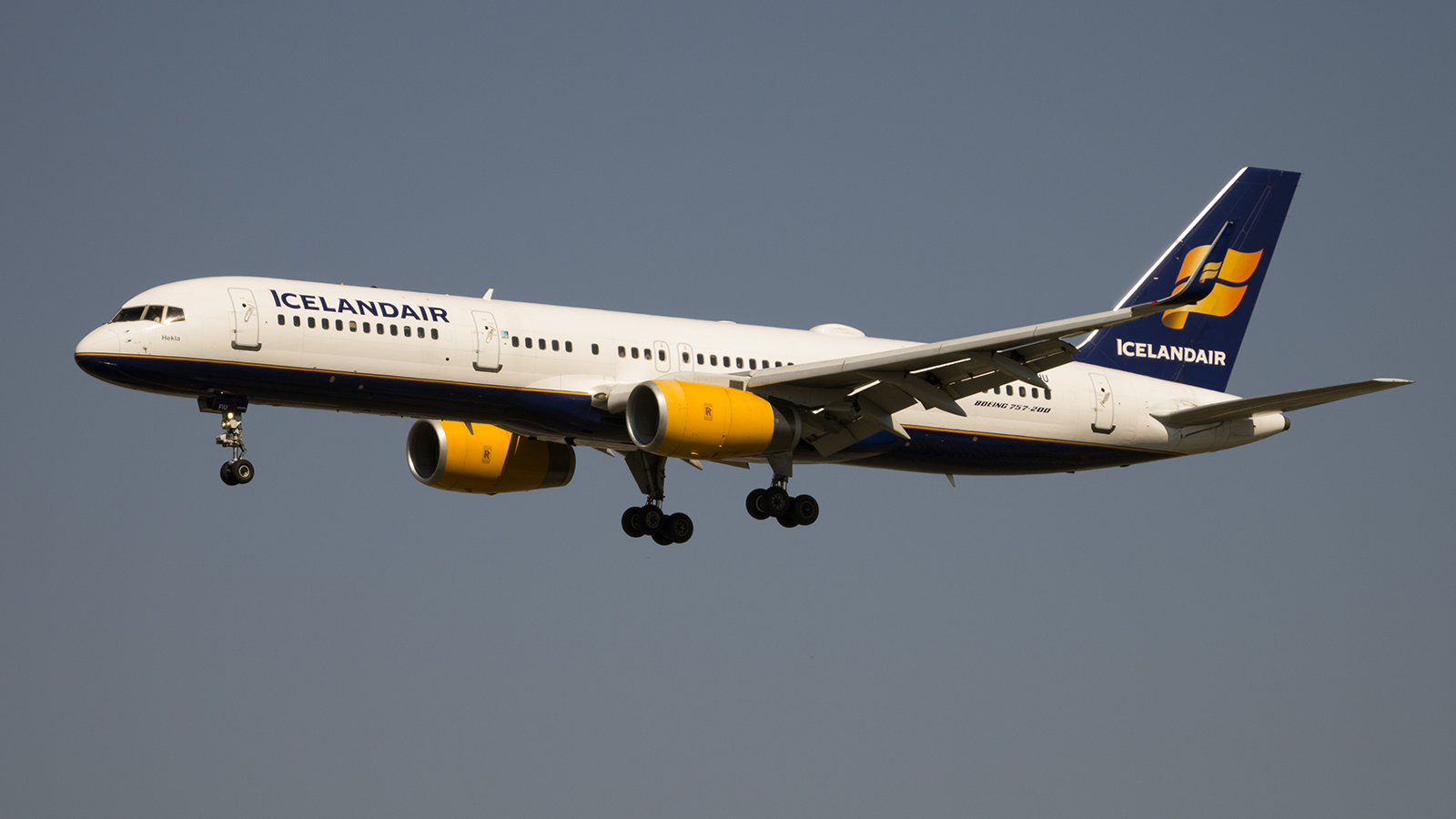
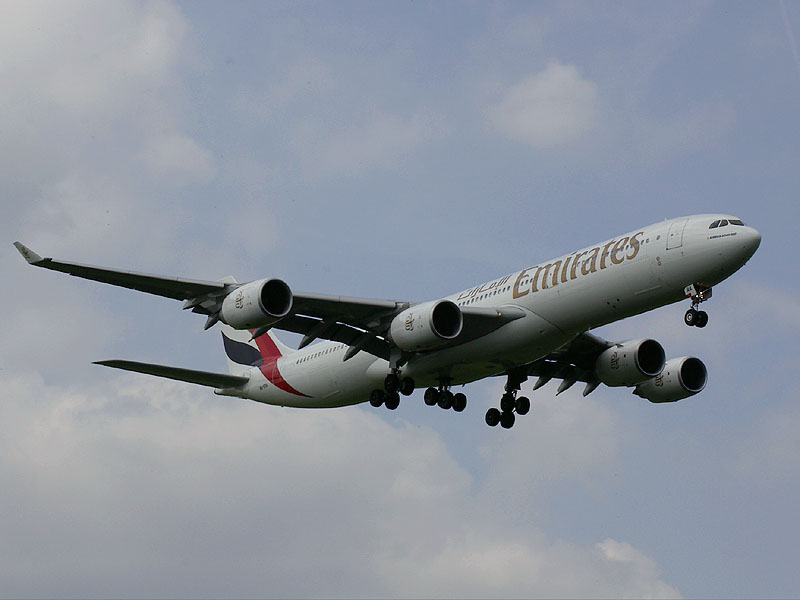
Be the first to comment